I've known about Resizable BAR for years, but never bothered with it until now. One of the things stopping me was the fact that my main SSD was formatted in the MBR standard instead of GPT. To use ReBAR, I needed a GPT-formatted drive; otherwise, I couldn't use UEFI, and therefore, Resizable BAR. I recently updated my motherboard BIOS and finally decided to check if Resizable BAR would be worth it.
Resizable BAR is a PCIe technology that allows the CPU to access the entirety of the GPU's VRAM instead of in small chunks. You need an RTX 30, RX 6000, or newer GPU, and an Intel 10th Gen, Ryzen 3000, or newer CPU to use Resizable BAR. Since it can have a significant impact on gaming performance, depending on the title, I was curious to check out how much I could gain from toggling this one setting in the BIOS.
I finally converted my SSD from MBR to GPT
It was long overdue
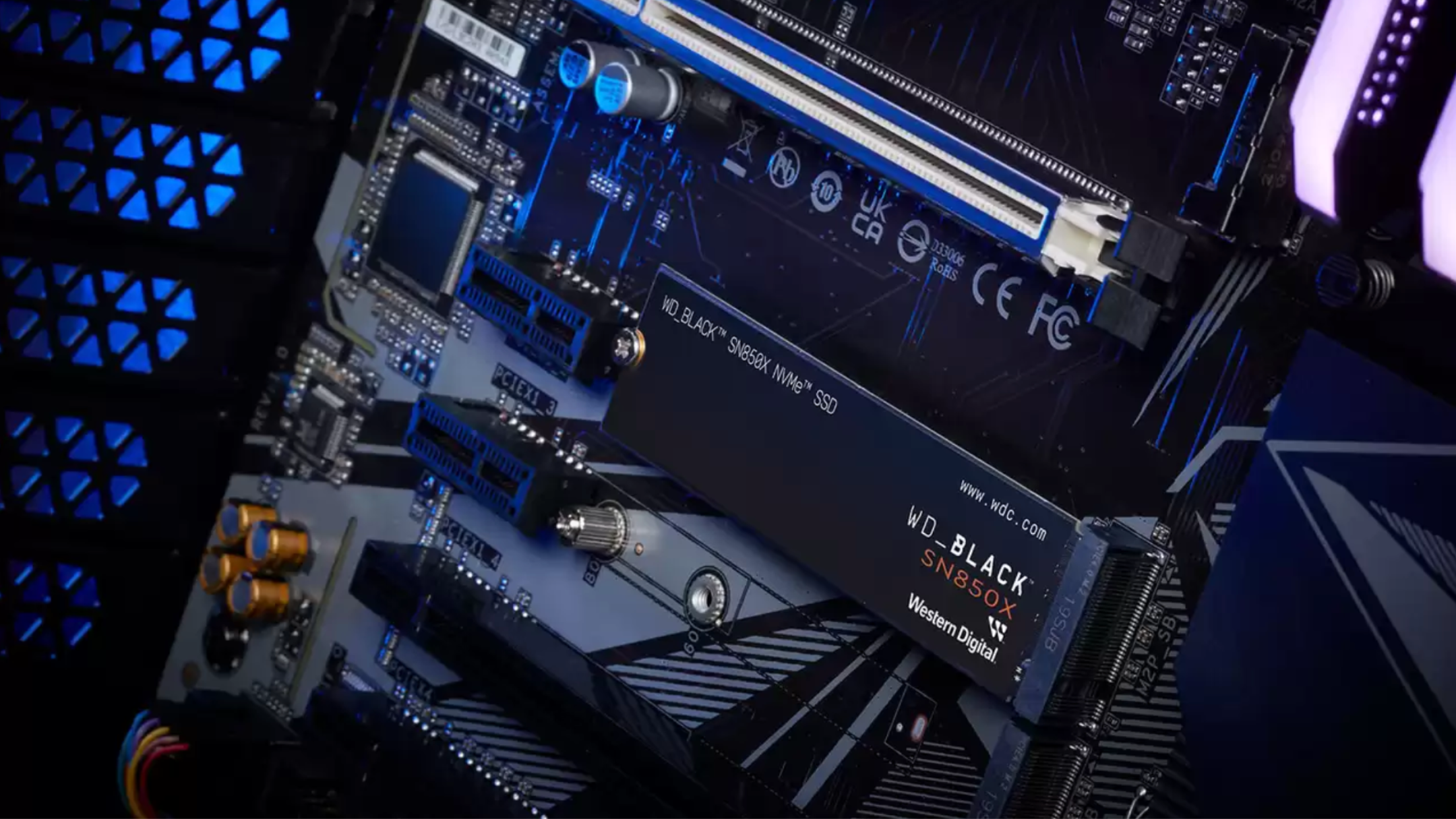
Source: Western Digital
When I started looking into Resizable BAR, I found out that my primary SSD was still formatted in the older MBR standard instead of the modern GPT. I never found that in the last three years of using my PC. I don't remember exactly why my SSD wasn't GPT-formatted, but it might be because I had cloned my older Windows 10 installation to it when I first got my PC.
Anyway, I confirmed that I was running a compatible vBIOS using Nvidia's Resizable BAR Firmware Update Tool, and updated my GPU driver as well. My latest motherboard BIOS supported ReBAR, so that was all good. And, of course, my RTX 3080 and Ryzen 7 5700X were compatible as well. So, the only piece of the puzzle left was converting my SSD from MBR to GPT. Windows' built-in MBR2GPT tool made it seamless, as I only had to boot into the recovery environment and use the command prompt to run the following commands, one after the other:
1. mbr2gpt /validate2. mbr2gpt /convert
I used this method since it's recommended to do the conversion offline, and also because, unlike older methods, this process leaves the existing data on the drive untouched. I still backed up my data before starting the conversion, just in case.
I disabled legacy BIOS and enabled ReBAR
Everything was going according to plan
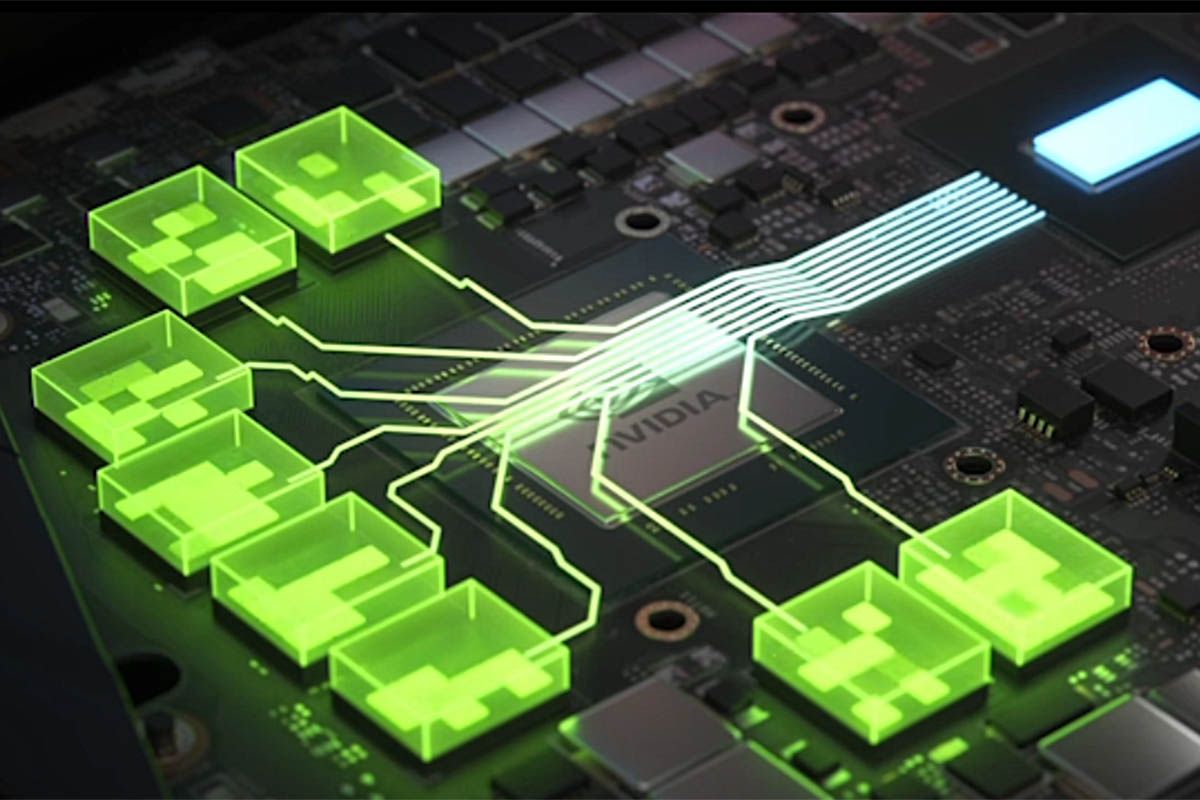
Once the conversion was complete, all that was left was to enter the BIOS, disable the legacy BIOS mode or Compatibility Support Module (CSM), and enable Resizable BAR. You should also enable the "Above 4GB Decoding" setting if you see it's disabled. These settings are commonly found in the "PCIe" or "PCI sub-system" section in the BIOS. Since my SSD was now in the GPT format, the UEFI firmware was able to boot into it.
I launched the Nvidia Control Panel, and confirmed that Resizable BAR was enabled in the "System Information" section. All the pieces were in place, and I was excited to see what kind of gains I'd get in games. I had seen people get up to 15% extra performance simply by enabling Resizable BAR or Smart Access Memory (on AMD GPUs), so I had my hopes up.
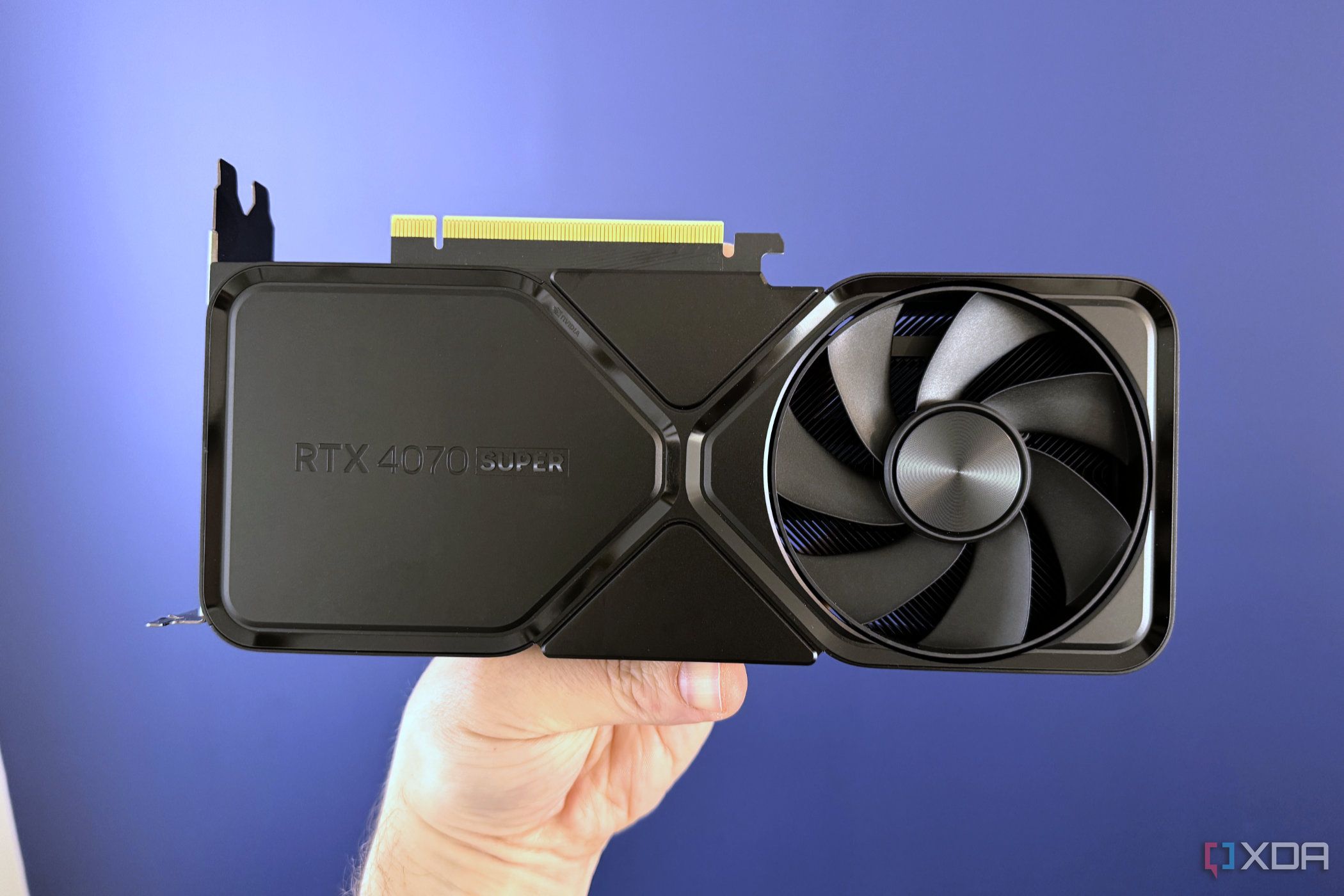
Related
6 overlooked settings in Nvidia Control Panel for better gaming performance
Nvidia Control Panel is still useful for getting the most out of your GPU and monitor
Nothing game-changing, however
As you can see in the graph above, Resizable BAR can deliver up to 12% extra FPS, and sometimes even more in certain titles. I had high expectations from my own RTX 3080, but I didn't exactly get a huge boost with ReBAR. That is not to say that the exercise was worthless. Of course, leaving free performance on the table is dumb, and considering developers and GPU manufacturers recommend turning ReBAR or SAM on, you should definitely do it.
The gains can vary from title to title, and can be different based on the GPU you're using. Besides the average FPS, the 1% lows also benefit from Resizable BAR, so your overall experience is more consistent. Anyway, below are the results I saw on my gaming PC before and after enabling Resizable BAR.
|
RTX 3080 + Ryzen 7 5700X @ 1440p |
Avg. FPS without ReBAR |
Avg. FPS with ReBAR |
|
Cyberpunk 2077 (High + DLSS Q) |
62 |
67 |
|
Forza Horizon 5 (Extreme + DLSS Q) |
98 |
105 |
|
Microsoft Flight Simulator (High) |
58 |
61 |
|
Dying Light 2 Stay Human (High + DLSS Q) |
81 |
89 |
The gains I saw might not have changed my experience dramatically, but in a few instances, such as in Microsoft Flight Simulator, I was able to breach the magic 60 FPS number. That's not a small win, right? You can try Resizable BAR or SAM
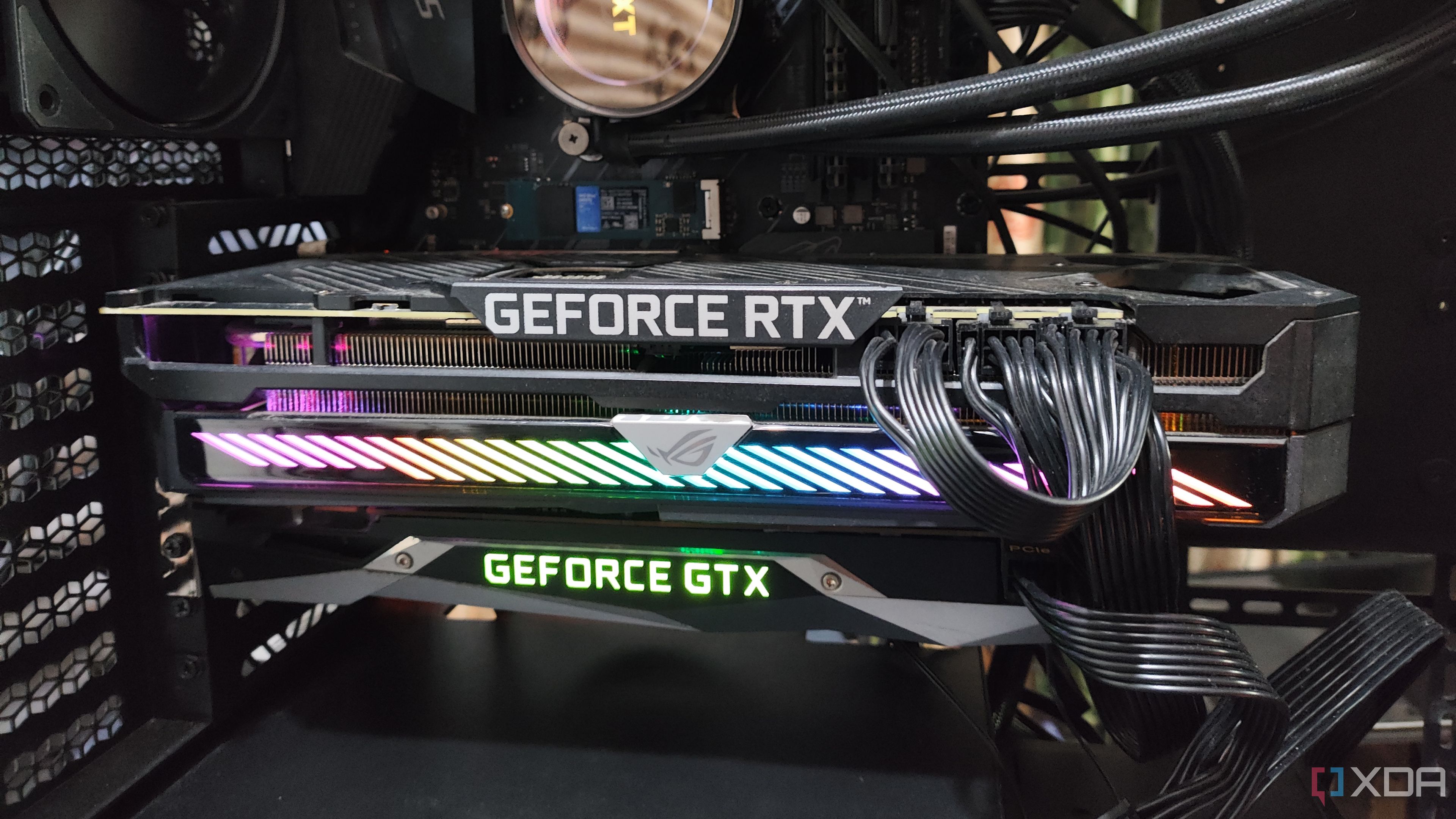
Related
7 tips to improve gaming performance without taking your wallet out
Don't want to spend? No problem. You can boost your FPS for free with these tips
Enabling Resizable BAR is a no-brainer
Your leverage might vary, but ReBAR and SAM are easy toggles to get some extra gaming performance on your PC. As long as you have relatively recent hardware, you simply need to turn it on to get free performance. Most modern games benefit from it, and GPU manufacturers recommend using the feature. Who knows, you might see a 15-20% boost in the titles that you regularly play. That alone is worth turning ReBAR on, and even converting your SSD to GPT, if you haven't already.
.png)
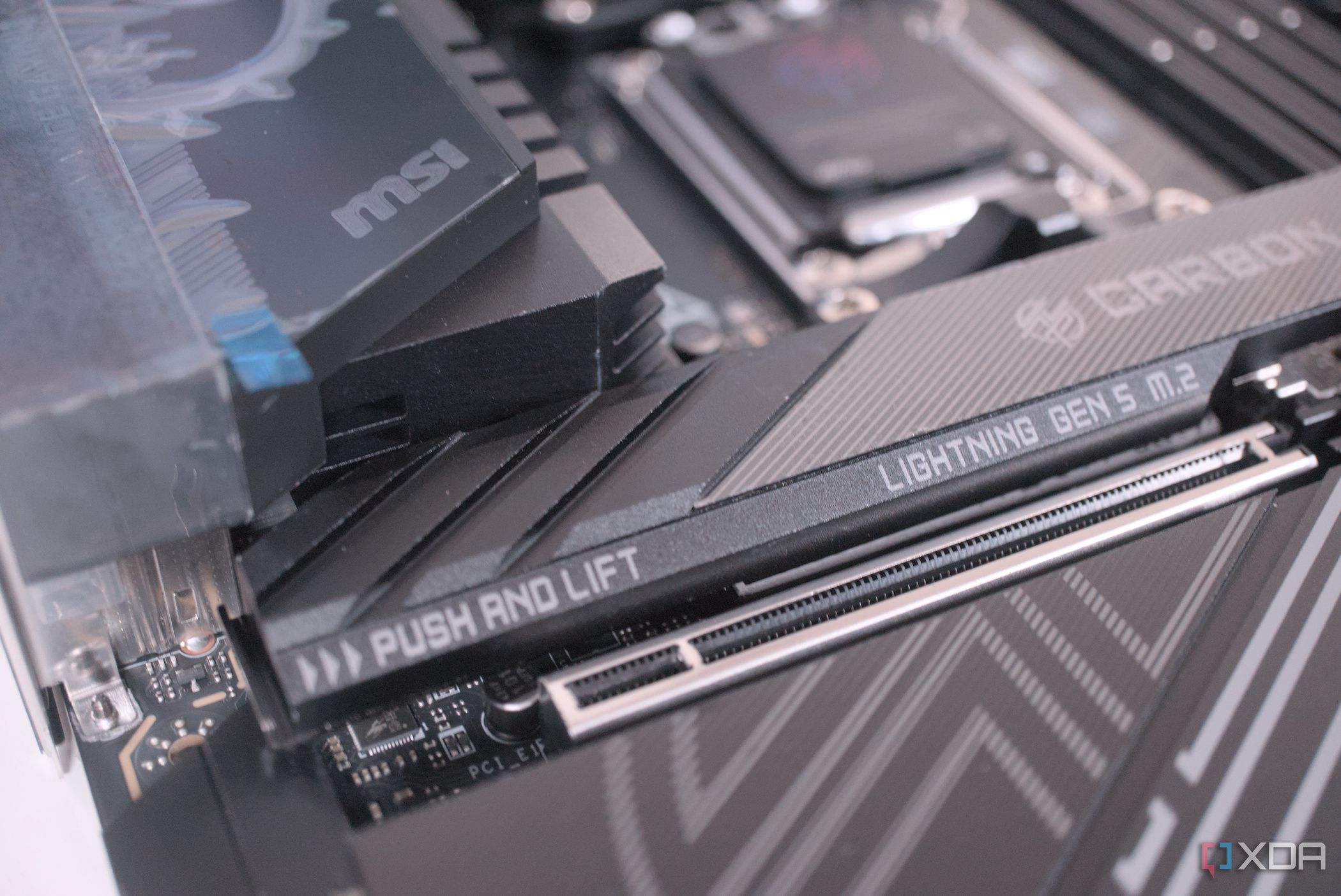
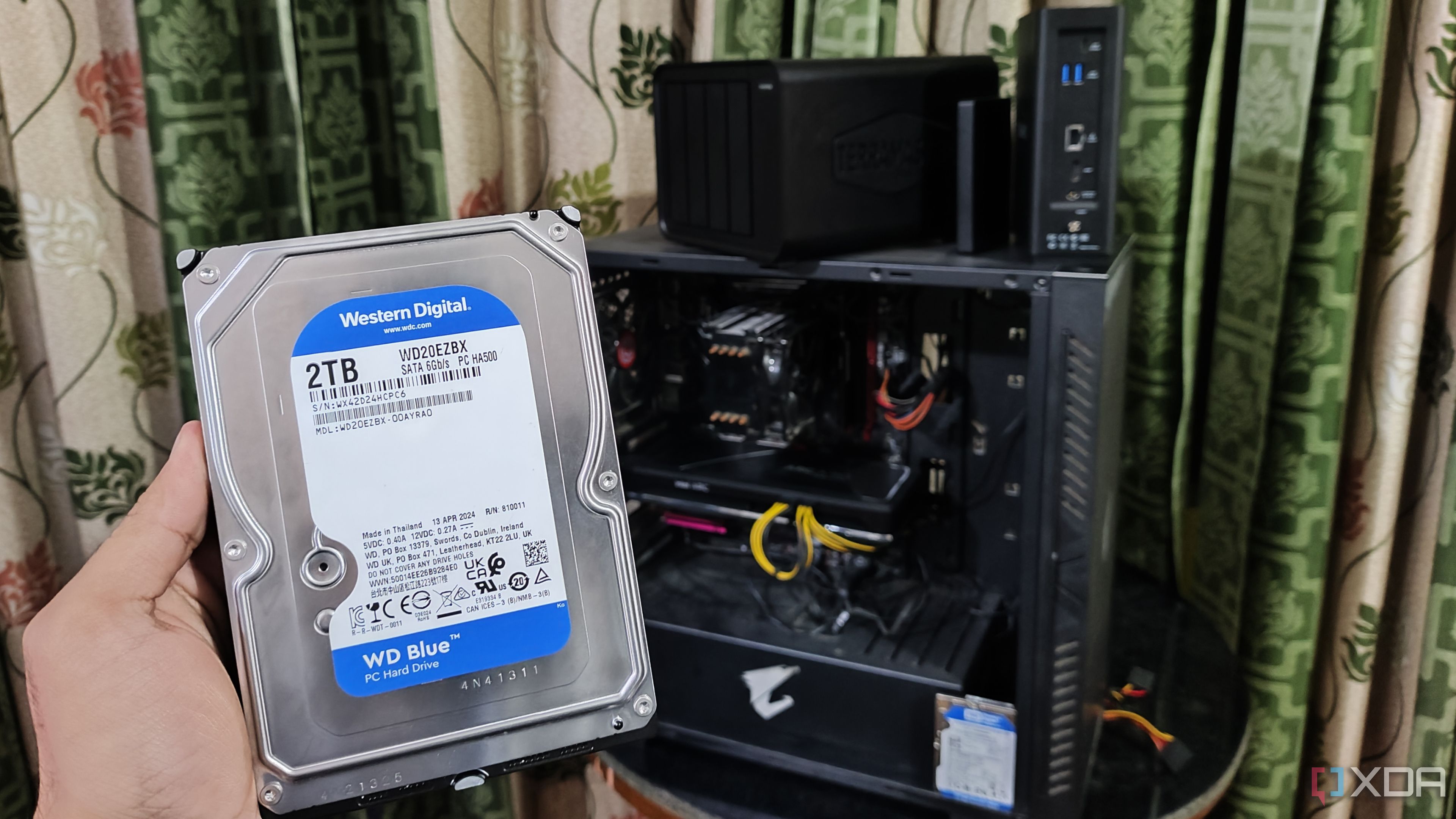
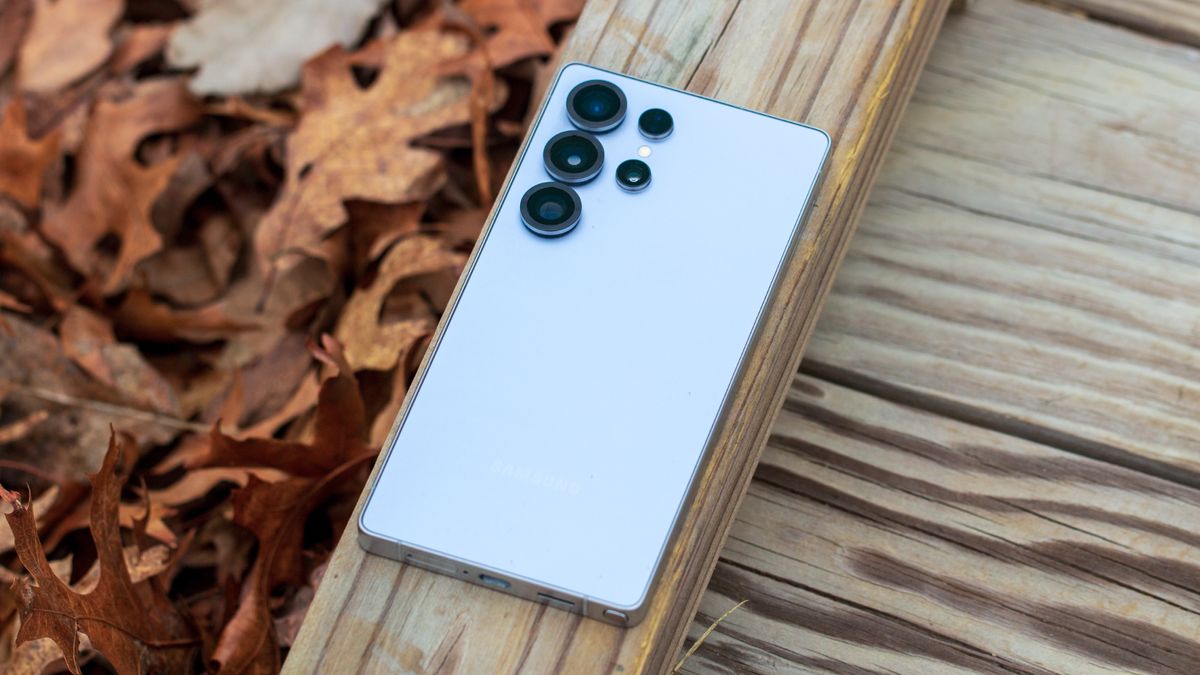









 English (US) ·
English (US) ·